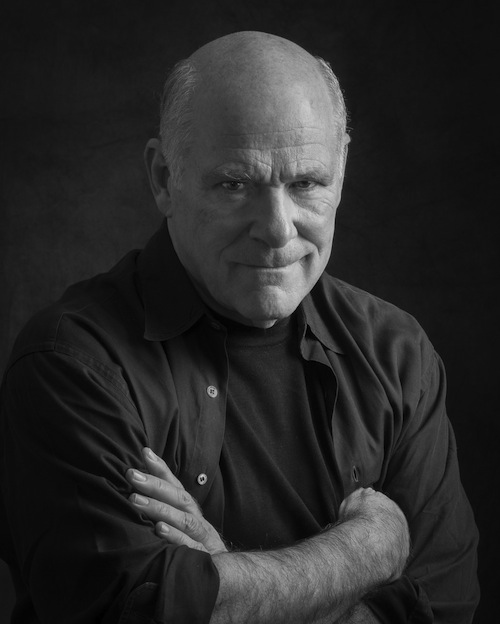 Gar LaSalle is an award-winning historical fiction author and documentary filmmaker from Seattle, Washington. He holds degrees from California Institute of the Arts, Reed College in Portland, and Cornell University Medical School. A co-founder of the nation’s largest physician management company, LaSalle now teaches about survival in the business of medicine at Cornell, Columbia, and the University of Washington. When not welding massive sculptures or traversing the globe for book research, he can be found in his Maury Island studio in the Puget Sound area of Washington State.
Gar LaSalle is an award-winning historical fiction author and documentary filmmaker from Seattle, Washington. He holds degrees from California Institute of the Arts, Reed College in Portland, and Cornell University Medical School. A co-founder of the nation’s largest physician management company, LaSalle now teaches about survival in the business of medicine at Cornell, Columbia, and the University of Washington. When not welding massive sculptures or traversing the globe for book research, he can be found in his Maury Island studio in the Puget Sound area of Washington State.
Tell us about your book.
Inspired by true events, Widow Walk, the first book in the five book Widow Walk Saga, tells the story of one strong young woman’s determined effort to retrieve her kidnapped son after the brutal murder and beheading of her husband by “The Northerners,” the marauding slavers who raided other coastal tribes as well as regional pioneers of the region in the mid-nineteenth century’s Pacific Northwest. The story, set in a time when only 3500 non-native settlers inhabited a vast, uncharted new territory, tracks this journey in a series of dramatic events beginning on Whidbey Island, up the PNW coast line and into the interior rivers of British Columbia.
Why did you want to write a book?
I was fascinated by the drama of the historical facts. Widow Walk is based on the treatment for a screenplay. A producer friend suggested that the odds of getting a spec screenplay produced were slim, but would be enhanced significantly if I first created a novel from the material. That’s how it all started.
Why did you choose to self-publish?
I started out self-publishing because wanted to control as many of the elements of the publications as I could. Because traditional publishers have so many subjects to manage, they typically can give limited attention and time to an author’s work. Good work “dies” on their shelves if the return on investment isn’t immediately forthcoming for them.
What tools or companies did you use, and what experience did you have?
I took my first draft to The Roberts Group (https://editorialservice.com), who copy-edited the manuscript and helped me create my first web site. They also helped me find a great graphic artist, Randy Mott (www.mottgraphics.com) who designed the first iteration of a cover as well as the first medallion of the series. I then learned about Greenleaf Book Group, (www.greenleafbookgroup.com) which provided a broader range of services. Greenleaf helped me develop an author’s brand and book platform and their cover design artist, Neil Gonzalez, redesigned the book cover. At my request, Neil incorporated Randy Mott’s medallion on it. The Book cover won awards.
As I neared completion of Isthmus, the second novel in the series, it and Widow Walk were picked up by Avasta Press who introduced me to Scott James, an excellent concept designer who is now the PR director for Solipsis Publishing, which now publishes the first three books in the series (scott@solipsispublishing.com). Scott continues to work with me at every step of the process. In 2016, he recommended John DeDakis as a new editor. John re-edited Widow Walk and then Isthmus, as well as The Fairness of Beasts, the third novel in the series. For the cover art, we again used artists Randy Mott of Mott Graphics for the medallion design, and Neil Gonzalez of Greenleaf Book Group for the cover design.
The Italian edition for Widow Walk as well as a bilingual English-Italian edition were translated by Francesca Cosi and Alessandra Reposi (www.cosierepossi.com). The German language edition is being translated by Carmen Bartl. Alex Head (www.thedraftlab.com) did the interior setting for all five books. John Aylward, stage and screen actor from Seattle, recorded an excellent narration at Bad Animals Studio in Seattle (www.badanimals.com), and Tom McGurk from that studio wrote the music for the audiobook and PR efforts for a TV series promo.
I will continue to work with each of these talented individuals because the quality of their work is superior. Now the that all three books have been optioned for development into a TV series by Tom Skerritt’s Heyou Media (www.heyoumedia.com), I am working with his team of producers and media experts.
Yes.
What do you think are the main pitfalls for indie writers?
Huge competition out there, so after all the effort to get your work up and out, you must then face the huge challenge of getting the book noticed, read and purchased. The biggest pitfall is not knowing the odds against one’s getting through even the first lap in a long distance run. There is no instant success. You must understand that friends and family can only give so much support, and that there are thousands of books being published every day. Very few make it.
I have heard that the average number of book sales is 8 per title, in a field that sees 1.5 million books published in the U.S. every year! The second big pitfall is not understanding that the marketing is 90 percent of the effort. If you write because you love to write, but hate PR efforts, then it is better to go the traditional route with a publisher who will do that for you. You give up control and almost all of your profit by doing so, but you don’t have to worry about a thousand important details that a pro should provide.
What tips can you give other authors looking to self-publish?
Spend a lot of time finding a good editor and cover artist, and be prepared to pay well for those services. Ask your friends and family to be brutally honest with you about every aspect of your work. Do not delude yourself. Do not expect adulation, fame or fortune. Avoid self-pity. Understand that this is a long haul. If you are not prepared for that, you will NOT make it. Remember that the life of a book can be years.
What was your steepest learning curve during the publishing process?
Determining the cost-efficiency of numerous PR schemes and services that are out there promising to promote your work.
As a writer, what is your schedule? How do you get the job done?
Currently I am spending most of my time writing blogs and material to accompany the Heyou Media efforts as they work towards a pitch campaign to distributors and co-producers. I write when I can, attempting to fit it in to a number of other things I do. Night time, after midnight, wearing noise-cancelling earphones is best for me.
How do you deal with writer’s block?
I don’t worry about that because I try not to confine too much with deadlines. The ideas come when I am ready to receive them.
Tell us about the genre you wrote in, and why you chose to write this sort of book.
I love history. I write historical fiction because I respect both diligent research by good historians and great story-telling by great fiction writers. I try to write with a visual image of place, person and circumstance. Tying all of that to historical events brings the history alive for me.
Who are your biggest writing inspirations and why?
Larry McMurtry and Cormack McCarthy because they amble into their stories and bring subjects to life. They are prolific and generally successful in their storytelling. Because I write with the screen in mind, I am also inspired by a number of filmmakers, like Clint Eastwood, who are not afraid of grit and grittiness and understand the necessity of verisimilitude in the setting.
How do your friends and family get involved with your writing? What do they think of your book?
I read to my wife and she is honest with me. I have had the support of many, many friends and have involved all of them in proof reading, reviewing the ARC’s, voting on the cover designs and publicizing my efforts.
What are your plans now your book is published?
We will map out a full five to seven seasons for a proposed TV series. I am currently researching both books four and five. I will continue to take many road trips, because I need to feel the milieu about which I am writing, and I will do a huge amount of research to be certain that the context and real historical characters are consistent with what has been posted in history.
Why did you write about this particular subject?
As I noted earlier, the original story of this series, Widow Walk, is based on a true series of events that fascinated me. The sequels, each about the same strong young woman and her family, are set in atypical settings and entail little-told history. I have always been fascinated with the multi-fold drama of Pacific Northwest’s pioneering days and also the American Civil War. Researching and writing Widow Walk allowed me to put myself in the shoes of both the settlers and the natives who were in an inevitable conflict that always ensues when significantly diverse cultures collide.
I am also fascinated with how reasoned, equanimity-based behavior meets and contends with sociopathic behavior. The antagonists in each of the first three books have deep psychological problems that our protagonist, Emmy Evers, must confront and control. All of the stories are plausible, and based on one family’s experience during a time where our collective conscience about human rights and universal emancipation was being impacted by grand events and evolving as a result. I intend to make this series significant and definitive, if possible, in that regard.
What did you learn on your journey as an author?
I learned that a writer’s skill is enhanced and evolves by working with other talented people. I confirmed my belief that being stubborn and persistent pays off.
What’s next for you as an author?
I am researching book IV, which will carry the family across the midwest and involves the Orphan Train phenomenon. With Heyou Media and Tom Skerritt, I am also refining the first screenplay for the TV series, based on Widow Walk.
Author Links
Get an Editorial Review | Get Amazon Sales & Reviews | Get Edited | Get Beta Readers | Enter the SPR Book Awards | Other Marketing Services


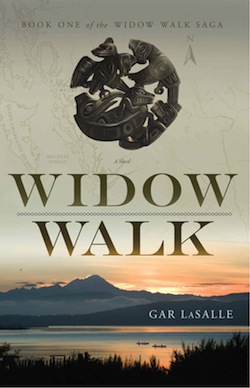
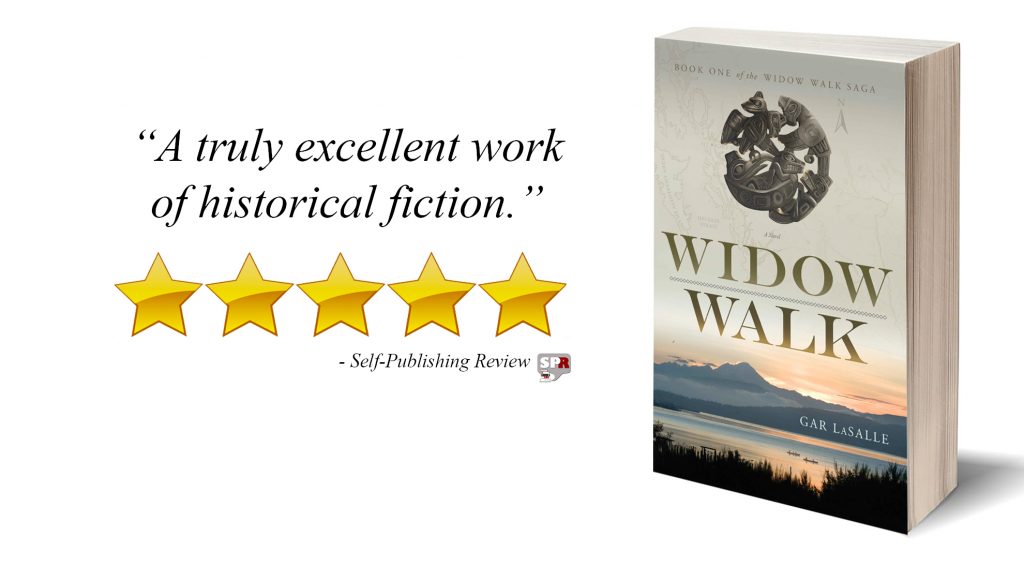
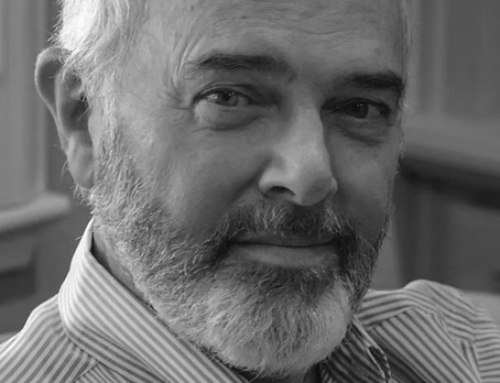
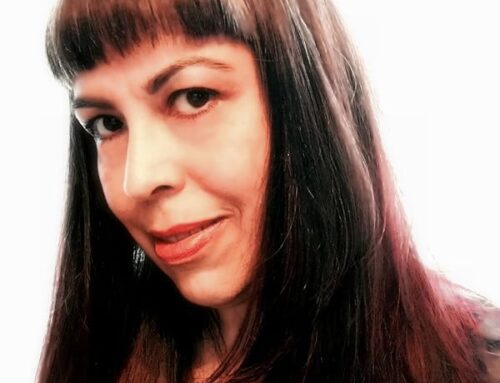
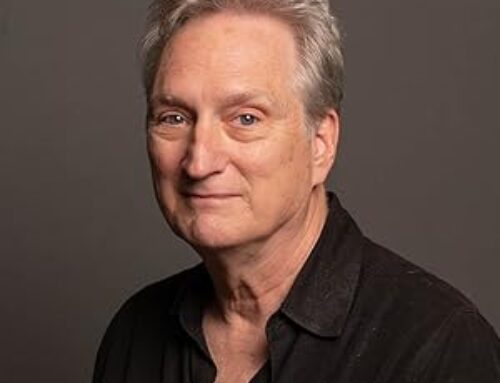

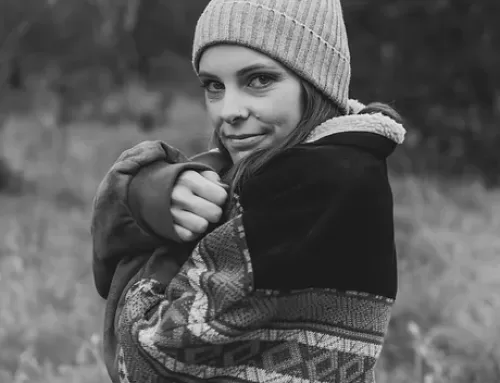
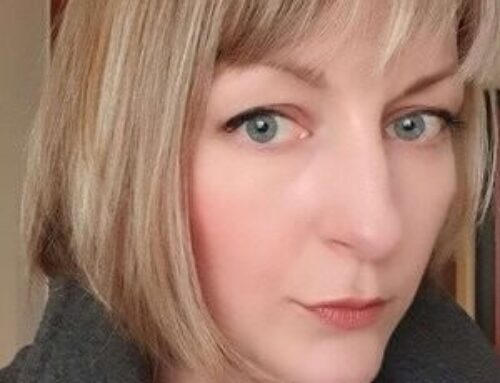
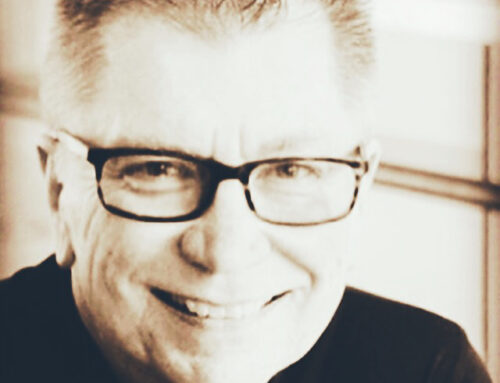
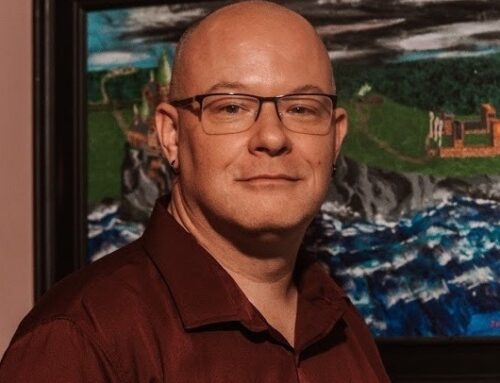
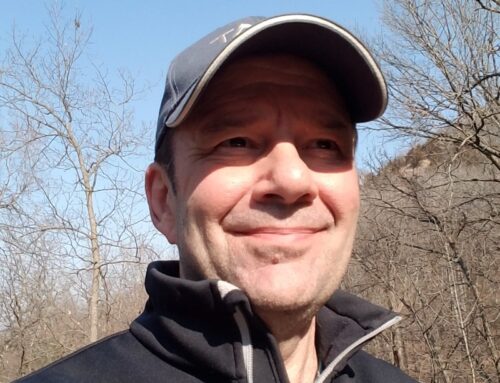
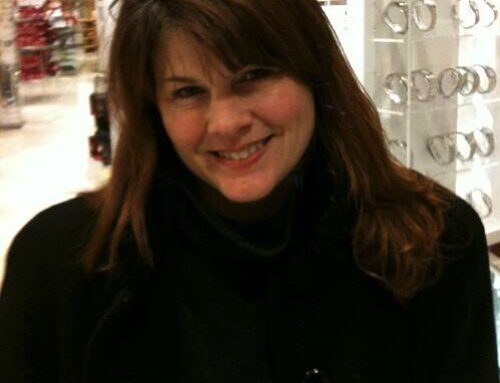
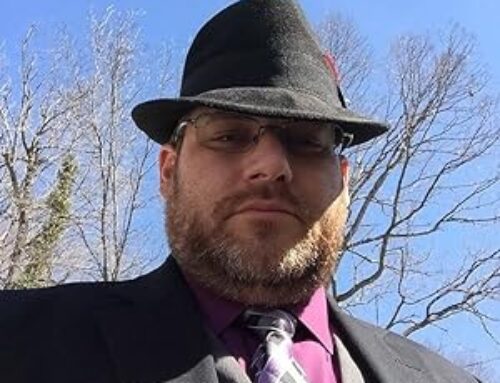

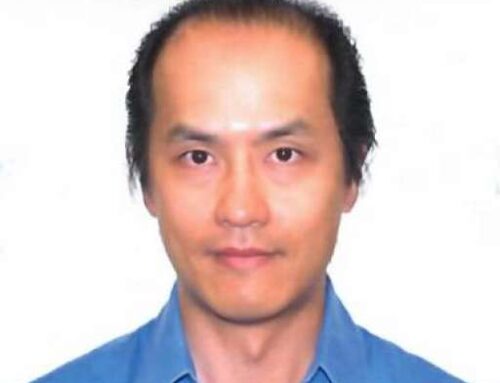

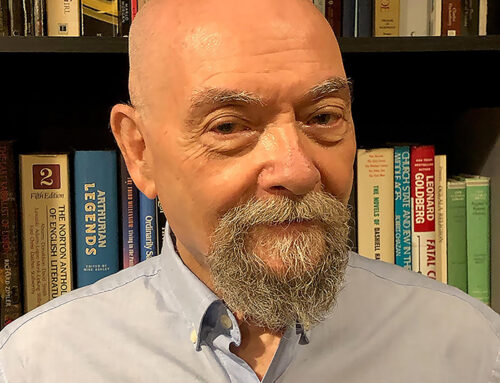
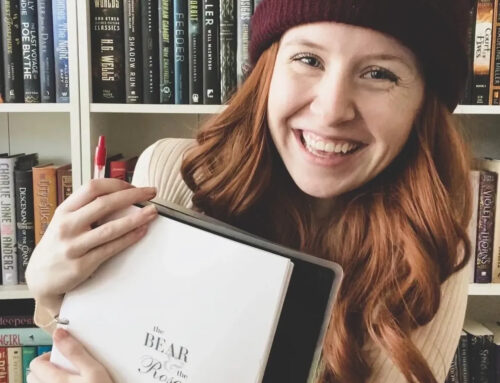
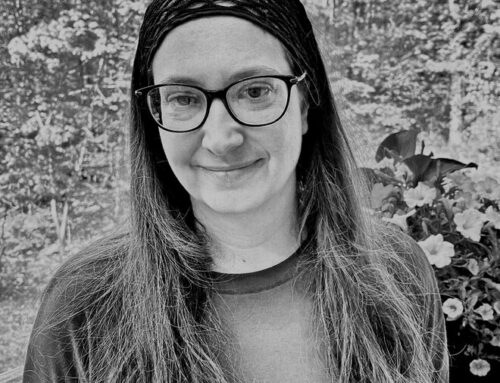
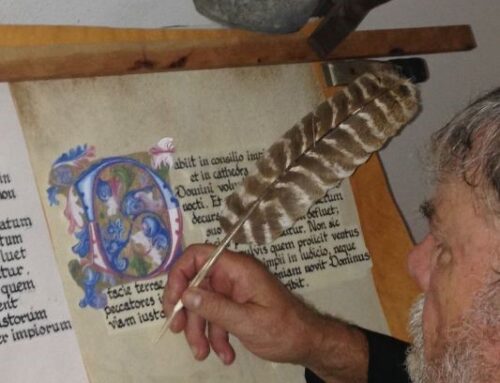
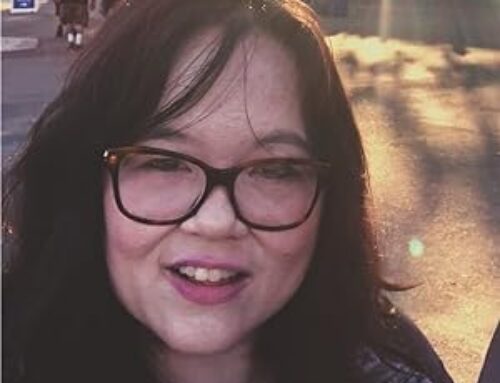
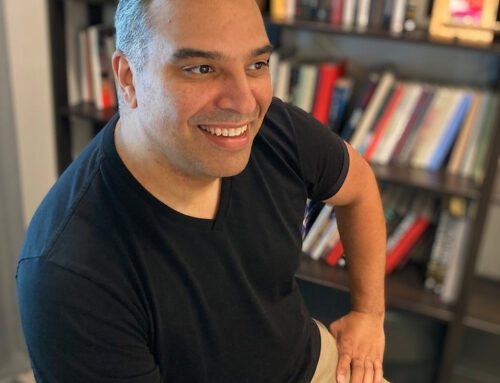
Leave A Comment